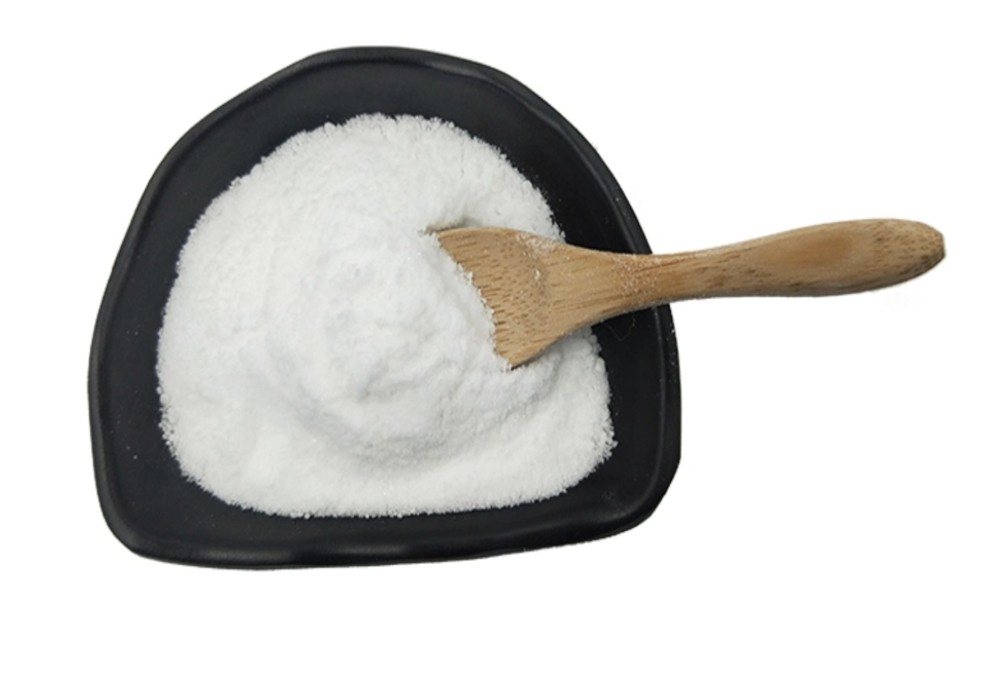Pyroglutamic acid (also known as PCA, 5-oxoproline, pidolic acid, or pyroglutamate for its basic form) is an uncommon and little studied amino acid derivative in which the free amino group of glutamic acid or glutamine cyclizes to form a lactam. It is a metabolite in the glutathione cycle that is converted to glutamate by 5-oxoprolinase. Pyroglutamate is found in many proteins including bacteriorhodopsin. N-terminal glutamic acid and glutamine residues can spontaneously cyclize to become pyroglutamate. This is one of several forms of blocked N-terminals which present a problem for N-terminal sequencing using Edman chemistry, which requires a free primary amino group not present in pyroglutamic acid. The enzyme pyroglutamate aminopeptidase can restore a free N-terminus by cleaving off the pyroglutamate residue.Pyroglutamic acid, also known as pidolic acid, exists as two distinct enantiomers:
For food, medycyna, cosmetics and other industries; organic synthesis intermediates, food additives
1.L-Pyroglutamic Acid is cardio protection; prevention of atherosclerosis
2.L-Pyroglutamic Acid is cancer prevention
3.L-Pyroglutamic Acid is prevention of tooth decay and gum disease
4.L-Pyroglutamic Acid is kidney function improvement
5.L-Pyroglutamic Acid anti-platelet aggregation to prevent blood clotting
6.L-Pyroglutamic Acid is liver protection
7.L-Pyroglutamic Acid is protection and restoration of immune system
8.L-Pyroglutamic Acid is inhibition of infectious pathogens






















